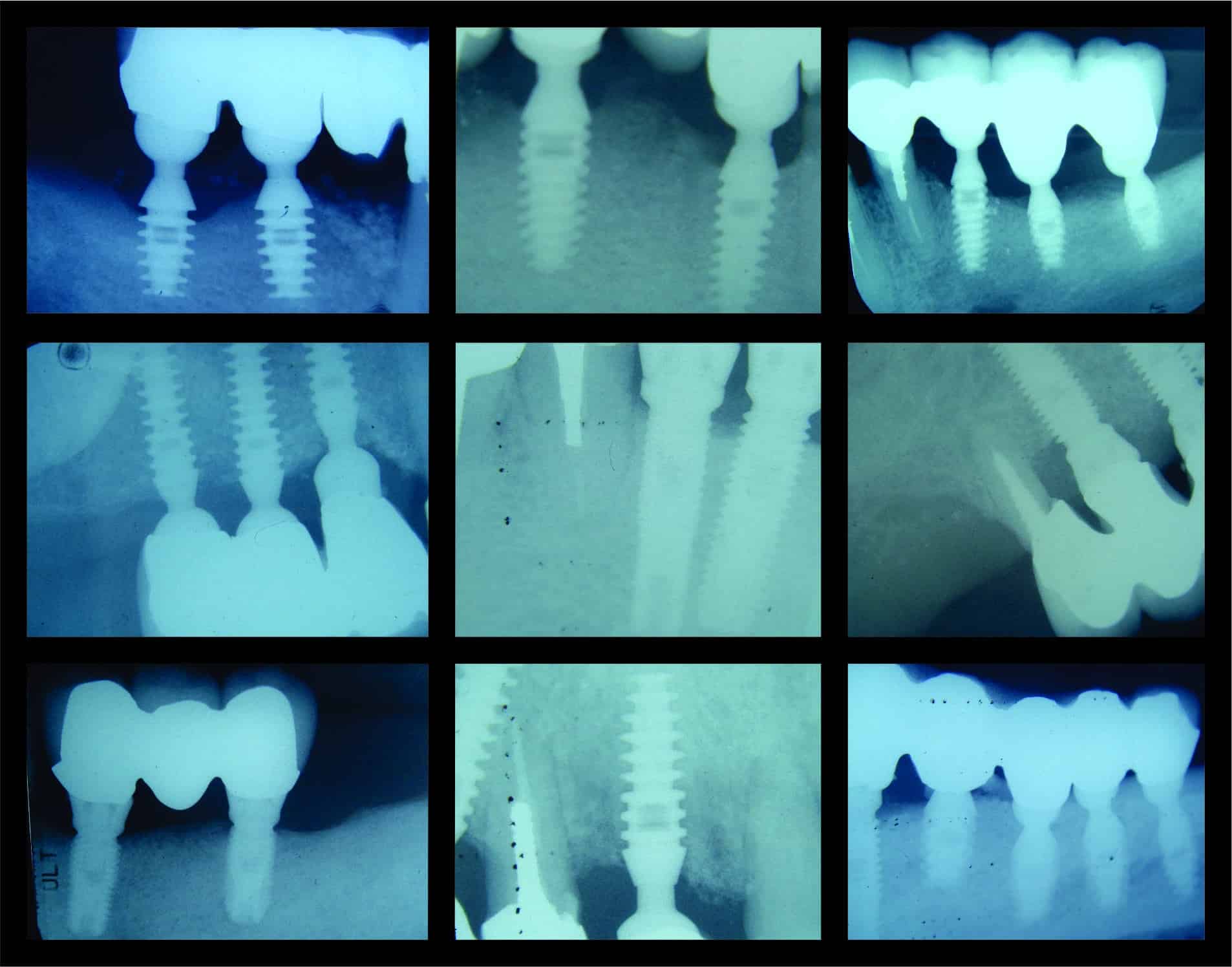Are there different types of dental implants?
There are several types of dental implants, each with its own advantages and disadvantages. The different implants are used to solve different problems with tooth loss. They also may relate to the amount of available bone that is left in the jawbones after two removal. The most common types of dental implants include:1. Endosteal Implants: These are the most commonly used type of dental implants. Although random historical examples have been found, modern endosteal implant research and development occurred between the 1970s and 1980s. They presently represent the most common type of dental implant used to replace missing teeth. Endosteal implants are surgically implanted directly into the jawbone where teeth were previously lost. Once the surrounding gum tissue has healed, a second minor surgery is needed to open the gum tissue where the implant was placed and connect a post to the endosteal implant. Finally, an artificial tooth (or teeth) is attached to the post either individually or as a group on a bridge or implant denture.Advantages: the biggest advantage of placing industrial implants is that you can avoid Ing the adjacent teeth for a traditional tooth supported bridge replacement. endosteal implants have great stability and a natural feel, suitable for most patients. They have the ability to support one or multiple porcelain artificial teeth.Disadvantages: Requires a good amount of healthy jawbone to anchor the implant. The amount of available bone for implantation will be determined by diagnosis made by the Implant dentist after taking a CBCT scan. If enough bone is available, the implant can be placed, but it will still require a healing 4 to 6 months before the final permanent tooth/teeth restoration can be placed.Subperiosteal Implants: subperiosteal implants when the bone has receded, and there is not enough quantity of bone to place a traditional industrial implant. Subperiosteal implants consist of a metal frame that is fitted onto the jawbone just below the gum tissue. As the gums heal, the frame becomes fixed to the jawbone with small fastening screws. Posts, which are attached to the subperiosteal frame, protrude through the gums for mounting the artificial teeth. The artificial teeth can be connected to the subperiosteal frame via screws or various type of clip type attachments.Advantages: this may be an option for patients who do not have enough available jawbone and do not want or cannot undergo a bone augmentation procedure to rebuild it.Disadvantages: subperiosteal implants are complex surgical procedures that require a vast amount of skill and experience of the Implant dentist. They are true traditionally less stable than endosteal implants and have reported to have a higher higher risk of implant failure. They are used mostly on the lower jaw where the upper jaw teeth have been replaced by a full denture. Deposing jaw, full denture is necessary to lower the bike pressure on the Lower Joe Implant to increase its long-term survival. They are not as commonly used as endosteal implants.Zygomatic Implants: is the upper Joanne has been severely receded not enough bone is available for an and not enough bone is available for an endosteal implant, The choices were fixed to replacement, become limited. And rare cases, an upper choice of Peil implant can be placed if the opposing arches a full denture. However, a more recent type of implant was developed, that can be placed in the cheekbones. This implant type is known as known as a zygomatic arch implant . Although, not very common, in the hands of a very skilled and experienced implant dentist, this implant can provide the support for a fixed set of upper jaw teethAdvantages: An option for patients with insufficient jawbone for endosteal implants, or are not candidates for upper subperiosteal Implant or those patients who cannot or do not want to undergo bone grafting.Disadvantages: this is a this is a more complex procedure associated with higher risk and is a less common type of implant procedure. Zygomatic arch Implants requires a specialist with specific training and experience with this procedureEach type of implant has specific indications based on the patient’s oral health, bone density and availability and personal needs. Endosteal implants are generally preferred for their stability and natural feel, but require a good amount of healthy jawbone and involve aninvasive procedure. Subperiosteal implants may be an alternative for patients who lack sufficient jawbone, but they may not offer the same level of stability as endosteal implants. Zygomatic implants are less common and used in very specific cases where both the jawbone and areas for traditional implants are not adequate.
The information provided in this blog is intended for general informational purposes only and should not be construed as professional dental advice. Readers are advised to consult with a qualified dental professional or healthcare provider for personalized dental care recommendations, diagnosis, or treatment. The content of this blog does not replace, supersede, or constitute a professional relationship with a licensed dental practitioner. Any reliance upon the information presented in this blog is at the reader’s own risk. The author and publisher of this blog are not liable for any adverse outcomes or damages resulting from the application of information provided herein. Additionally, dental care practices and standards may vary by location, and readers are encouraged to seek guidance from local dental professionals for specific dental care needs and considerations.

